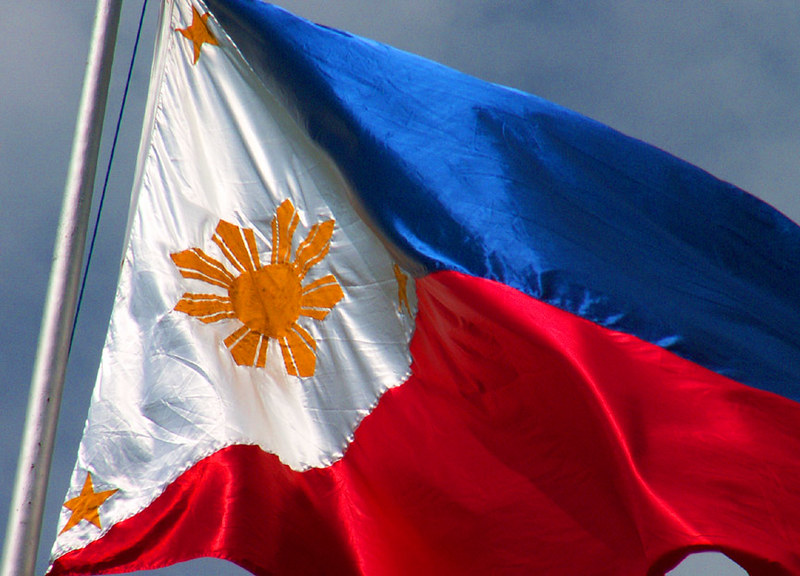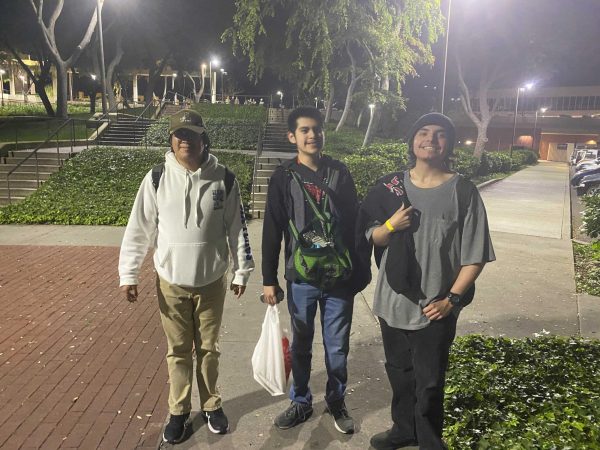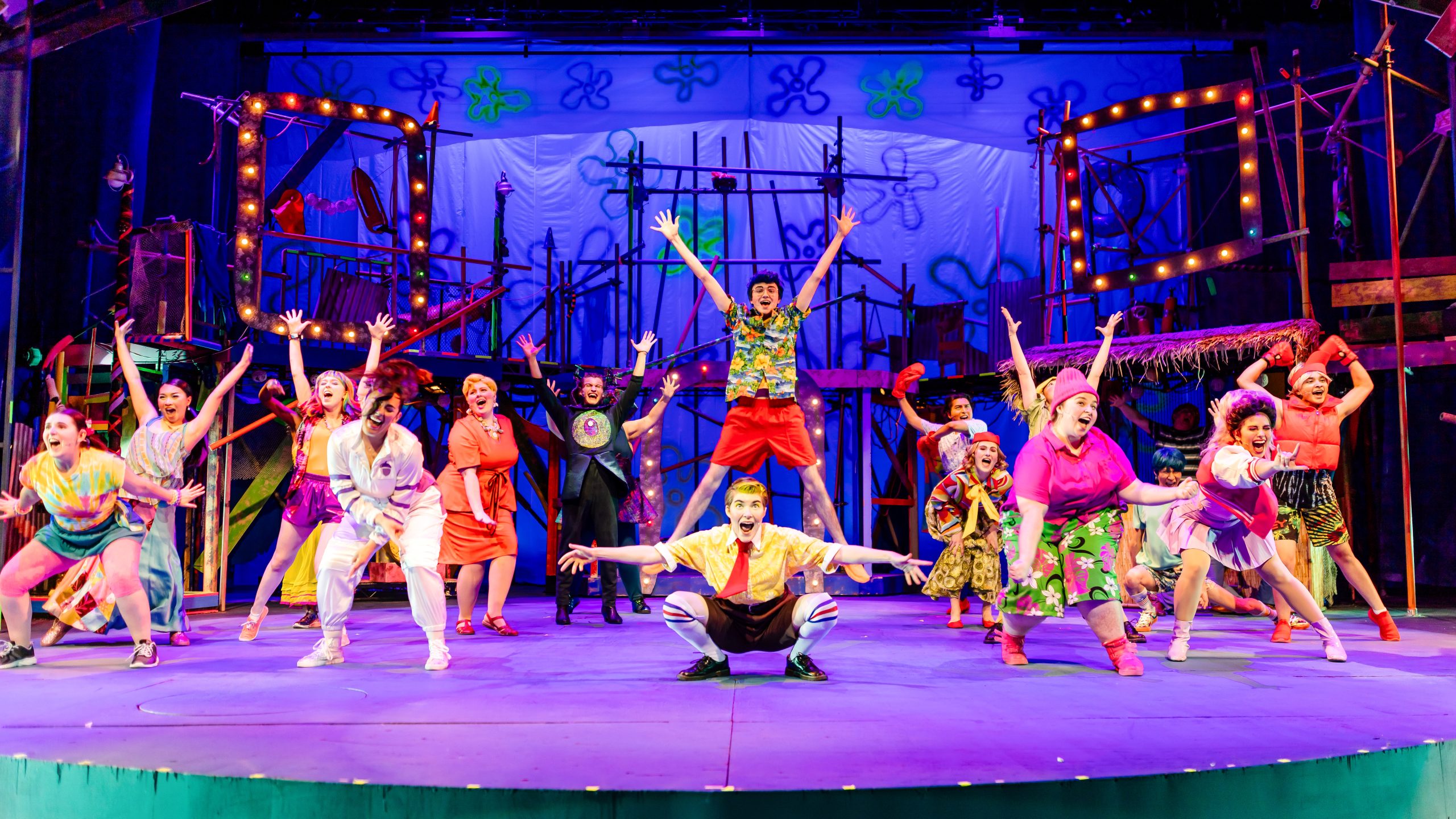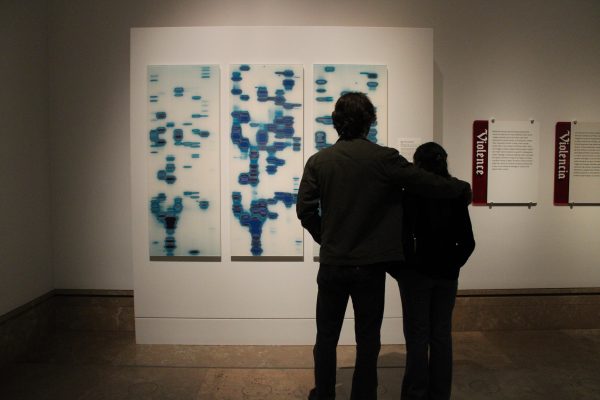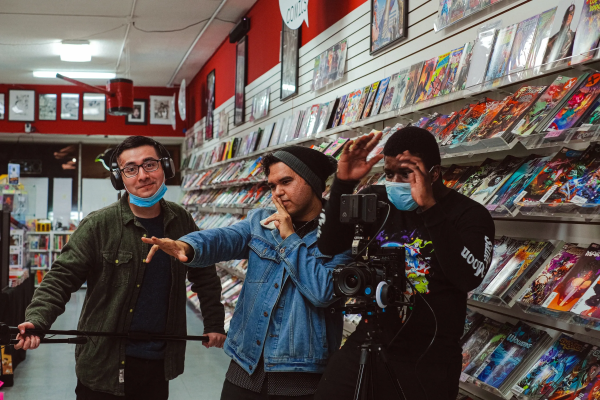‘We’re actually here’: Filipino American History month highlights overlooked community
October 31, 2021
As October comes to a close, so does Filipino American History Month — marking its 16th commemoration in California since the state officially recognized the month in 2006.
Of the 4.2 million Filipino Americans living in the United States, according to the Pew Research Center, over 30% live in California. As the epicenter for the Filipino American community, California bears a rich history, defined by past and ongoing struggles reminiscent of the trauma Filipinos had faced in their motherland.
Considering the 200 years of Spanish colonial rule, the Japanese occupation during World War II and the American colonization of the Philippines, the hardships Filipinos have historically endured have contributed to the determination they exemplified in our country’s history.
While October celebrates the achievements of Filipino Americans, it would be shortsighted to ignore the trauma that urged Filipinos to migrate to the U.S. in the first place, many of whom created a legacy for future generations to gain inspiration from.
By leading the 1965 Delano grape strike to unite Filipino and Mexican farmworkers in the fight for better working conditions and wages, Larry Itliong’s leadership demonstrated that just because an individual is oppressed, it doesn’t mean their voice is powerless.
Through his literary work documenting the struggles of being accepted in a prejudiced society and chasing the American dream as an immigrant, Carlos Bulosan taught others to not lose hope in the pursuit of one’s greatest ambitions — even if one’s place is questioned due to their cultural roots.
In the words of Bulosan, “It is but fair to say that America is not a land of one race or one class of men. We are all Americans that have toiled and suffered and known oppression and defeat, from the first Indian that offered peace in Manhattan to the last Filipino pea pickers.”
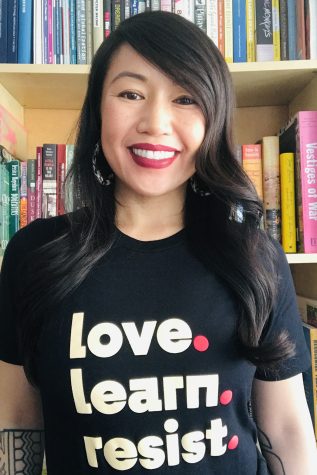
Filipino American History Month carries great importance to Filipinos across the country, including CSUN Asian American studies professor Tracy Lachicha Buenavista.
“The importance of Fil-Am History Month to me is it’s just an explicit call for attention to Filipino American existence in the United States,” Buenavista said. “We’re one of the largest ethnic groups in the United States … and we’re still invisibilized by U.S. society. So Filipino American History Month is really just an explicit call of attention to the fact that we’re actually here.”
Buenavista pointed out the significance of this history, stating that the tribulations Filipinos experienced at the hands of the U.S. government “would frame people’s historical understanding of some of the things that continue to happen to communities of color today.”
For example, after the U.S. colonized the Philippines in 1898, it gave way for Filipinos to migrate to America as U.S. nationals. However, they weren’t given the full rights and opportunities to participate in society compared to American citizens. “That model of status helps us to understand the modern-day treatment of all immigrants in the United States,” Buenavista said.
Hence, the historical mistreatment of Filipino Americans can be viewed as a basis for how other communities are treated today. Yet, many don’t realize the domino effect of this history. “If they studied Filipino American experiences, they would know that there are patterns being repeated,” Buenavista said.
Gov. Gavin Newsom recently signed AB 101 to require ethnic studies in high schools, making California the first state to require all high school students to complete a semester-long ethnic studies course to graduate. In a statement afterward, Newsom’s office said this requirement is to help expand educational opportunities in schools and raise academic achievement. Filipino and Black, Indigenous and people of color youth would be able to learn about historical figures they can resonate with.
Buenavista said ethnic studies may provide youth with the communal space to not only learn about those who came before them, but would also provide knowledge of what others have experienced physically, emotionally and mentally.
Sharing a space with other Filipino American students to discuss similar experiences that have happened in each other’s families enables healing from intergenerational trauma.
Many come into October eager to understand and appreciate Filipino American history, but that curiosity often subsides once the month ends, as if learning is a seasonal trait versus a lifelong endeavor.
By bringing awareness to the intergenerational trauma stemming from a conflicting past, Filipino American History Month encourages Filipinos to collectively share their experiences and reframe that trauma as an opportunity to help others understand how it shapes their identity in America.
Examples of such conversations may even present themselves in different forms outside of the classroom, such as music, which Buenavista sees as ethnic studies in action.
As Filipino American rapper Rocky G expressed in his song, YGB (Young, Gifted and Brown): “Pureblood mixed mind colonized from birth / Assimilated, immigrated but our souls still hurt / 100 generations later what have we become / Make the world a better place / teach our daughters and sons.”
This celebratory month isn’t just about learning the past. It’s also about recognizing how Filipino American experiences continue to impact the present and future as people of color.
